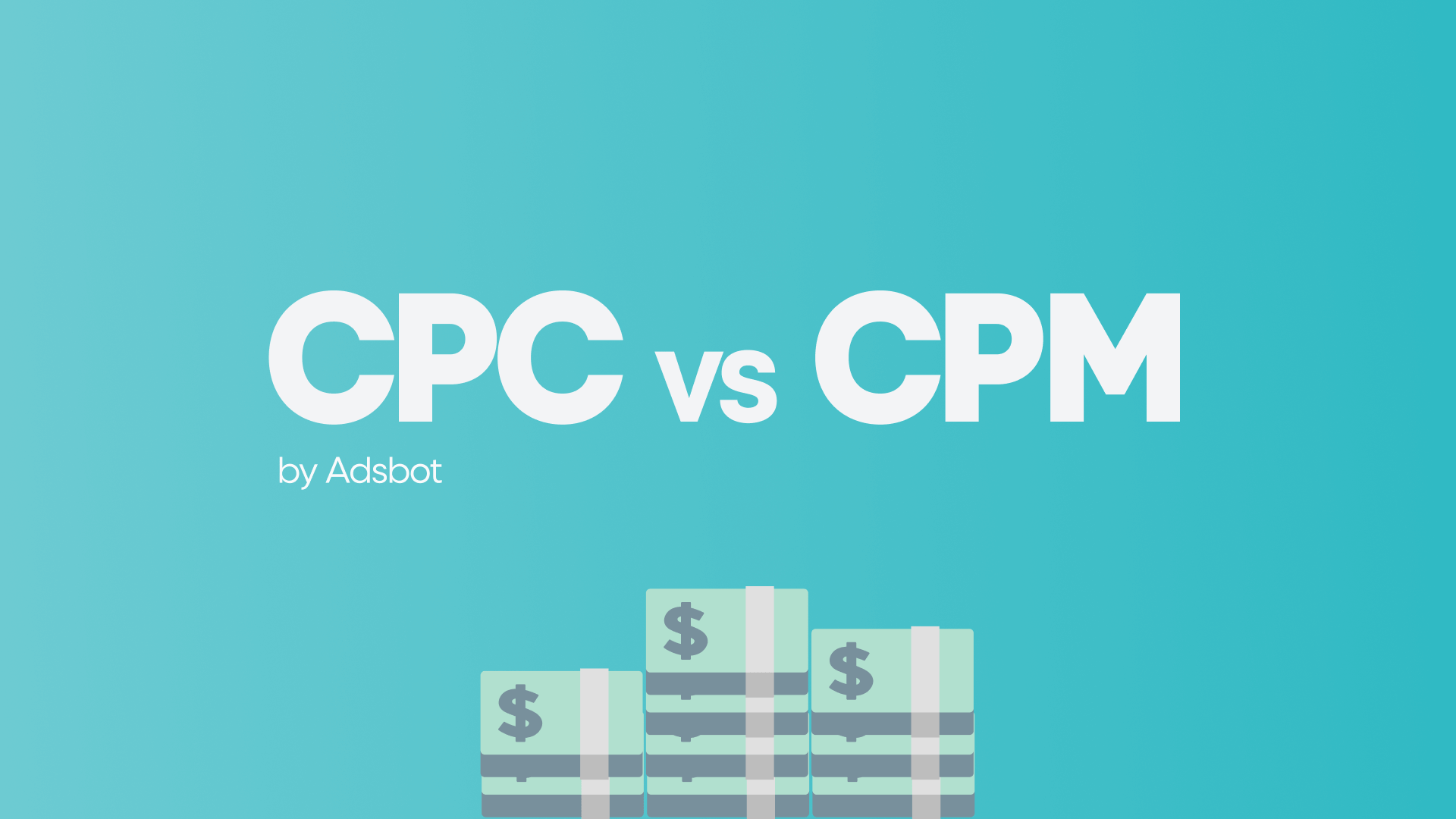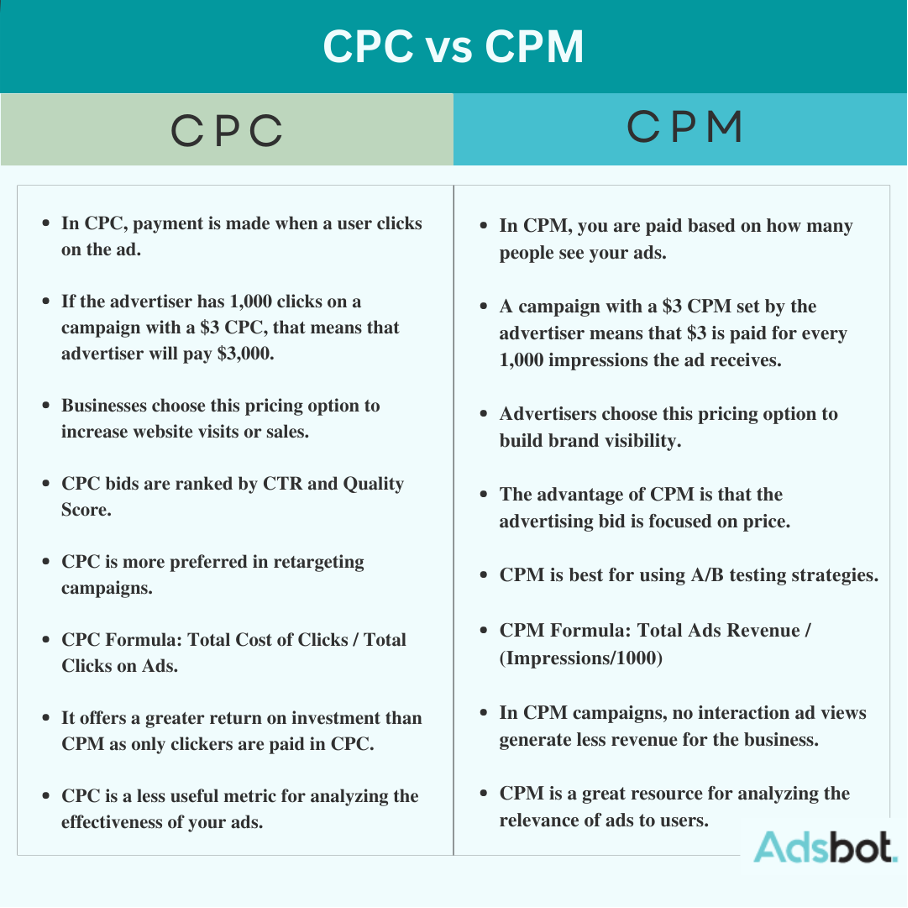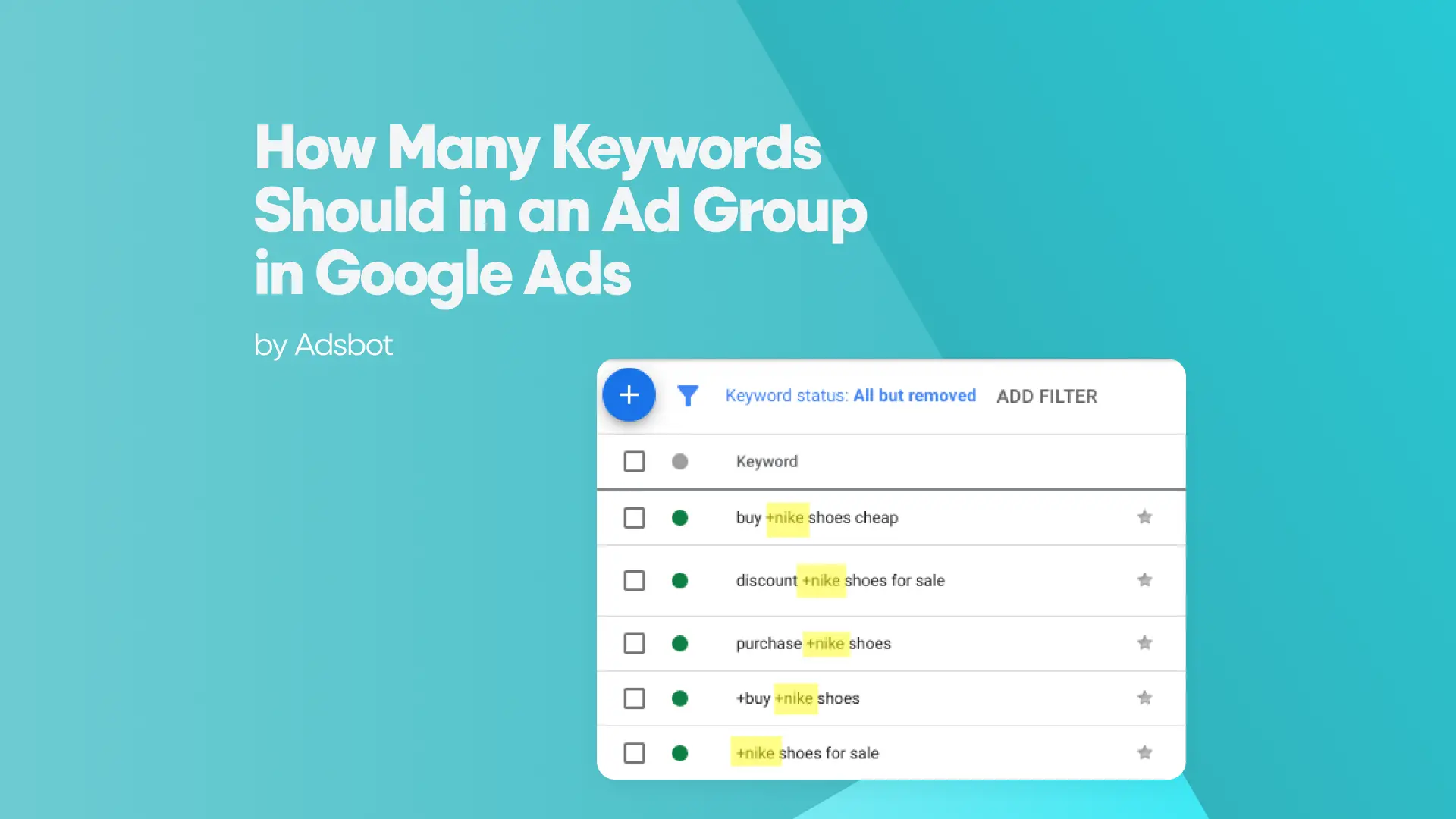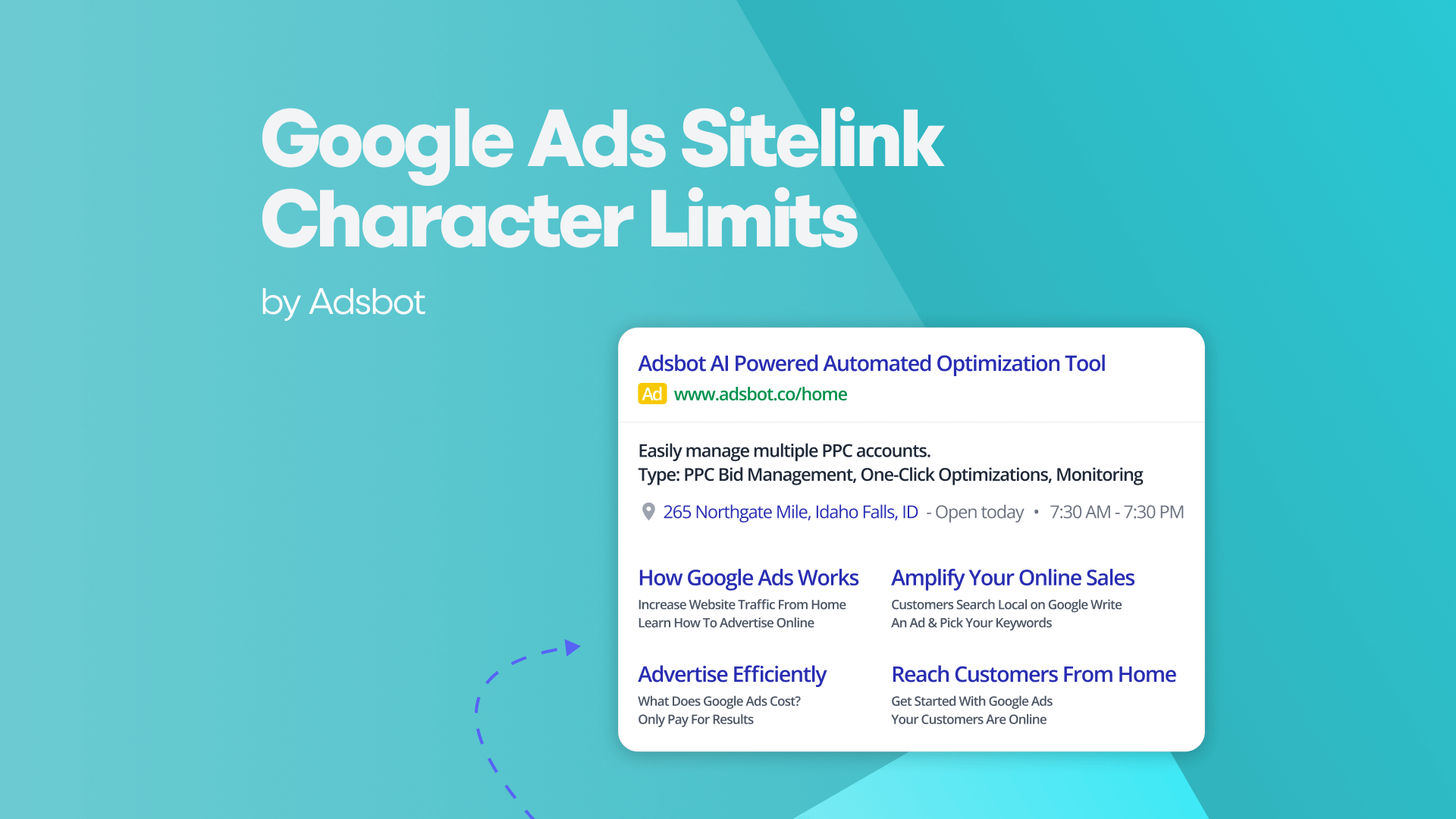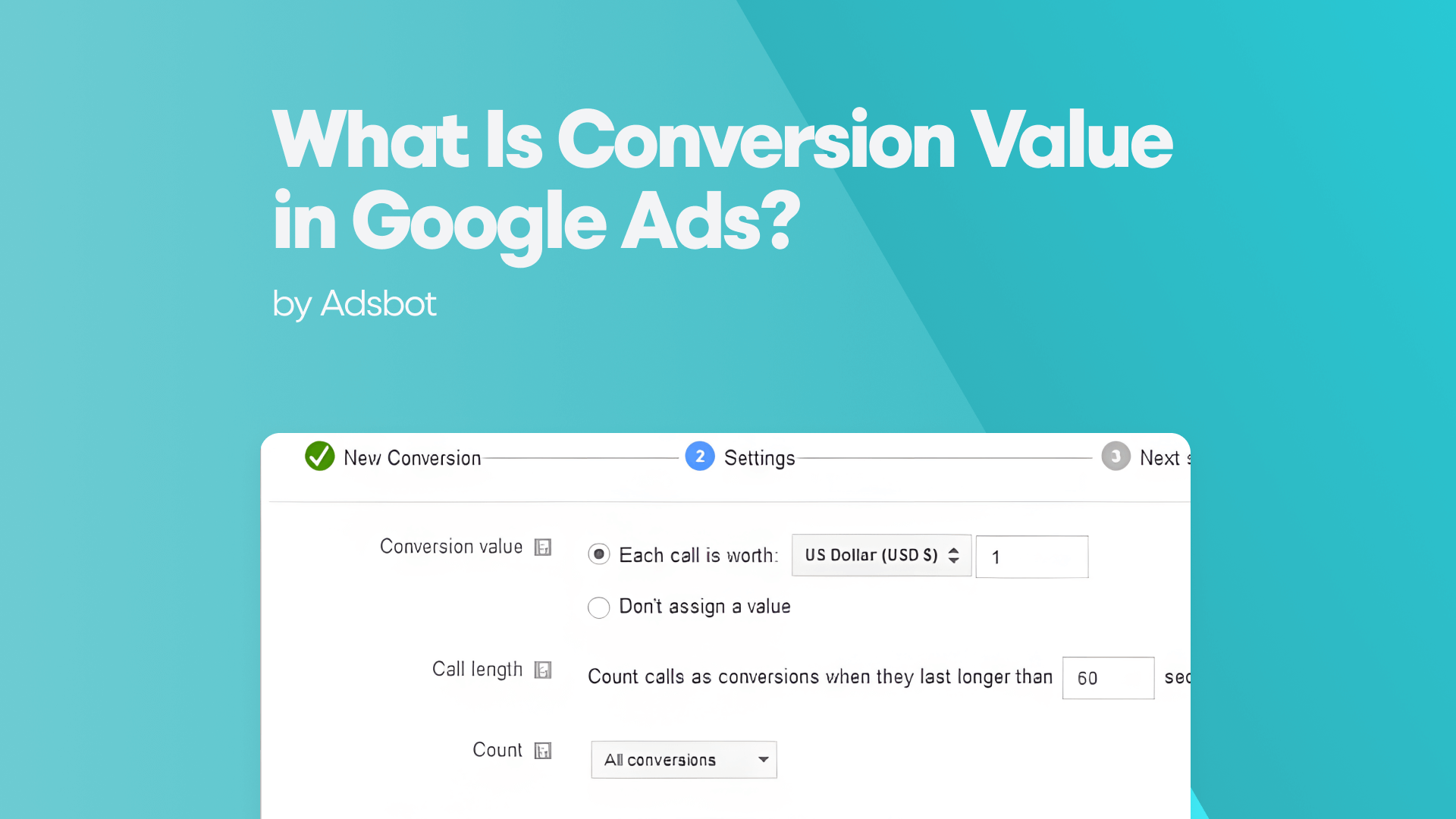In the world of digital advertising, two pricing models dominate the conversation: CPC (Cost Per Click) and CPM (Cost Per Mille). Whether you’re running Google Ads, Facebook campaigns, or programmatic display banners, understanding the difference between CPC vs CPM can be the key to maximizing your ad budget. Many advertisers waste money simply because they choose the wrong pricing method for their specific objective. Imagine paying for thousands of views with no clicks or paying for clicks that don’t convert.
By the end of this guide, you’ll have a clear understanding of how CPC and CPM work, when to use them, and how to decide which model is more profitable for your marketing goals. Let’s dive into the details so you can make data-backed advertising decisions that deliver real ROI.
What Is CPC?
CPC (Cost Per Click) is a digital advertising pricing model where advertisers pay each time a user clicks on their ad. This approach is most common in search advertising (Google Ads, Microsoft Ads) and social media campaigns (Facebook Ads, LinkedIn Ads) designed to drive measurable user actions, such as visiting a landing page or completing a purchase. For example, if an ad campaign sets a maximum bid of $1 per click and drives 500 clicks, the total cost will be $500. The CPC model aligns costs directly with user engagement, making it ideal for performance-driven campaigns.
One of the major advantages of CPC is budget efficiency; you’re not charged for impressions that fail to engage. This is especially valuable when targeting highly qualified audiences with strong intent. Advertisers can control CPC through bid adjustments, keyword selection, and audience targeting. However, CPC rates can vary widely depending on competition, niche, and quality score metrics. As a result, managing CPC campaigns successfully requires constant performance monitoring, A/B testing, and bid optimization to ensure clicks are relevant and lead to conversions.
You can easily calculate your cost per click by using Adsbot’s keyword CPC calculator.
What Is CPM?
CPM (Cost Per Mille), meaning “cost per thousand impressions,” is an advertising pricing model where advertisers pay for every 1,000 times their ad is displayed, regardless of whether users click. CPM is often used in display advertising, video campaigns, and brand awareness efforts where visibility and reach are the primary goals. For instance, if a publisher charges $10 CPM and a campaign gets 200,000 impressions, the cost will be $2,000.
The major strength of CPM lies in its ability to drive large-scale brand exposure quickly. This model is ideal for businesses introducing a new product, launching a brand refresh, or aiming to saturate a market segment with their message. CPM campaigns perform best where the ad creative is compelling enough to generate awareness without relying solely on clicks.
However, CPM does not measure direct user engagement; you could be paying for impressions seen by users with no interest in taking action. Therefore, CPM works best when your primary KPI is impressions rather than conversions, and when you measure impact using metrics like reach, frequency, and brand recall rather than click-through rates.
CPC vs CPM: What’s the Difference?
While both CPC and CPM are cornerstone digital ad metrics, the primary difference lies in how you pay for exposure and engagement. With CPC, you only pay when someone clicks, making it inherently performance-based. CPM, on the other hand, charges for impressions regardless of clicks, making it a reach-based model. This means CPC is generally more cost-efficient for lead generation and direct response campaigns, while CPM is better for brand awareness and top-of-funnel marketing.
From a bidding strategy standpoint, CPC incentivizes platforms to show your ads to users likely to click, while CPM favors sheer exposure to a potentially broader audience. For example, a $1 CPC campaign that gets 500 clicks totals $500 and may generate a clear ROI if conversions follow. In contrast, a $10 CPM campaign delivering 100,000 impressions also costs $1,000 but doesn’t guarantee any clicks.
Choosing the right strategy depends on business objectives, campaign stage, audience targeting, and creative assets. In some cases, advanced advertisers even combine both models, running CPM campaigns for awareness and CPC campaigns for conversion retargeting, to maximize overall advertising impact.
Tips for choosing between CPC and CPM
Start by clearly defining your campaign objective, as this is the single most critical factor in determining whether CPC or CPM will deliver better results. Other tips for choosing between CPC and CPM include:
- Budget size and efficiency requirements: If you have a limited budget and need measurable actions from every dollar, CPC offers better cost control since you only pay when users engage.
- Audience targeting and intent: For high-intent, niche-targeted audiences, like people searching for specific products, CPC can capture motivated prospects more efficiently than CPM.
- Creative strength and brand recognition: If you have highly engaging, visually striking creatives and a well-known brand, CPM can amplify awareness even without immediate clicks.
A final crucial point is to consider the campaign lifecycle. New brands may benefit from CPM to build broad awareness before shifting to CPC for direct conversions, while established brands with proven funnels may go straight to CPC for ROI-driven execution.
When to use CPC vs. CPM
Use CPC campaigns when your goal is to drive direct actions, such as sales, sign-ups, or lead submissions, since every cost is tied directly to a click that can be tracked through your conversion funnel. Other reasons include:
- Short, action-focused campaigns: If time-sensitive promotions or seasonal offers need fast results, CPC ensures your spend is directed toward users who show active engagement.
- Competitive industries with high click value: In markets where a single lead can be worth hundreds or thousands of dollars, CPC allows you to pay strictly for performance.
- Precise audience targeting: When using granular targeting options (e.g., retargeting warm leads or lookalike audiences), CPC maximizes the value of every interaction.
A standout reason to choose CPM over CPC arises in brand-building campaigns at the top of the funnel. If you’re introducing your business to a large, cold audience and need to generate familiarity before users are ready to click, CPM delivers broad reach at a predictable cost, paving the way for future CPC retargeting campaigns. Start applying these principles in your next campaign to ensure every marketing dollar works harder for you.
How Does Adsbot Help You?
Keep track of your business by constantly monitoring significant metrics, your key performance indicators in a simplified dashboard. Get insights, alerts, and smart recommendations with a single click. You will have full control of your account and focus on strategy. Book your demo, and we will start your free trial.
Popular Posts
-
How Many Keywords Should Be In an Ad Group in Google Ads?
Ever wondered if your Google Ads campaigns are packed with…
Read more -
Google Ads Script for Dummies: An Introduction
Imagine you have an e-commerce website that sells licensed superhero…
Read more -
Google Ads Sitelink Character Limits
Your Google Ads are cutting off in the middle of…
Read more -
What Is Conversion Value in Google Ads?
What if you could put a price tag on every…
Read more
Register for our Free 14-day Trial now!
No credit card required, cancel anytime.
